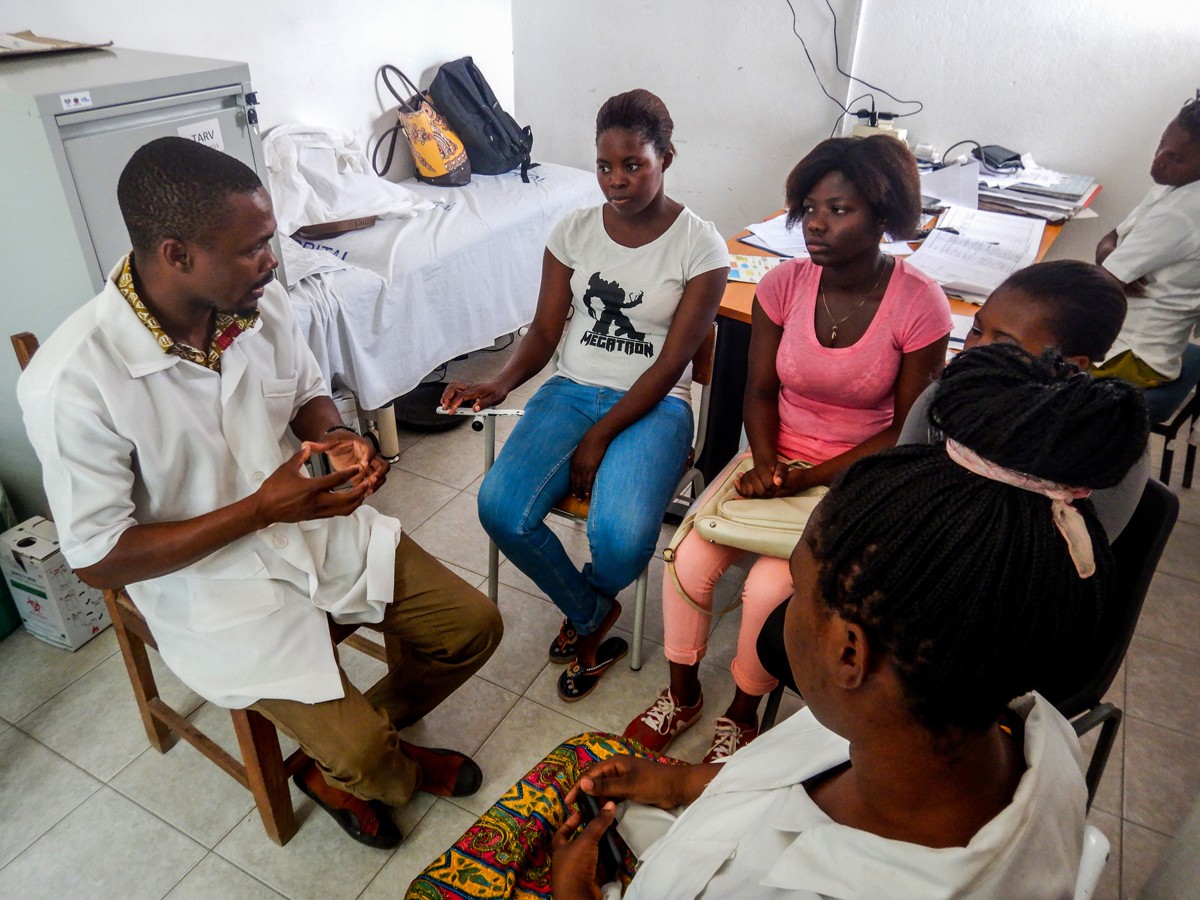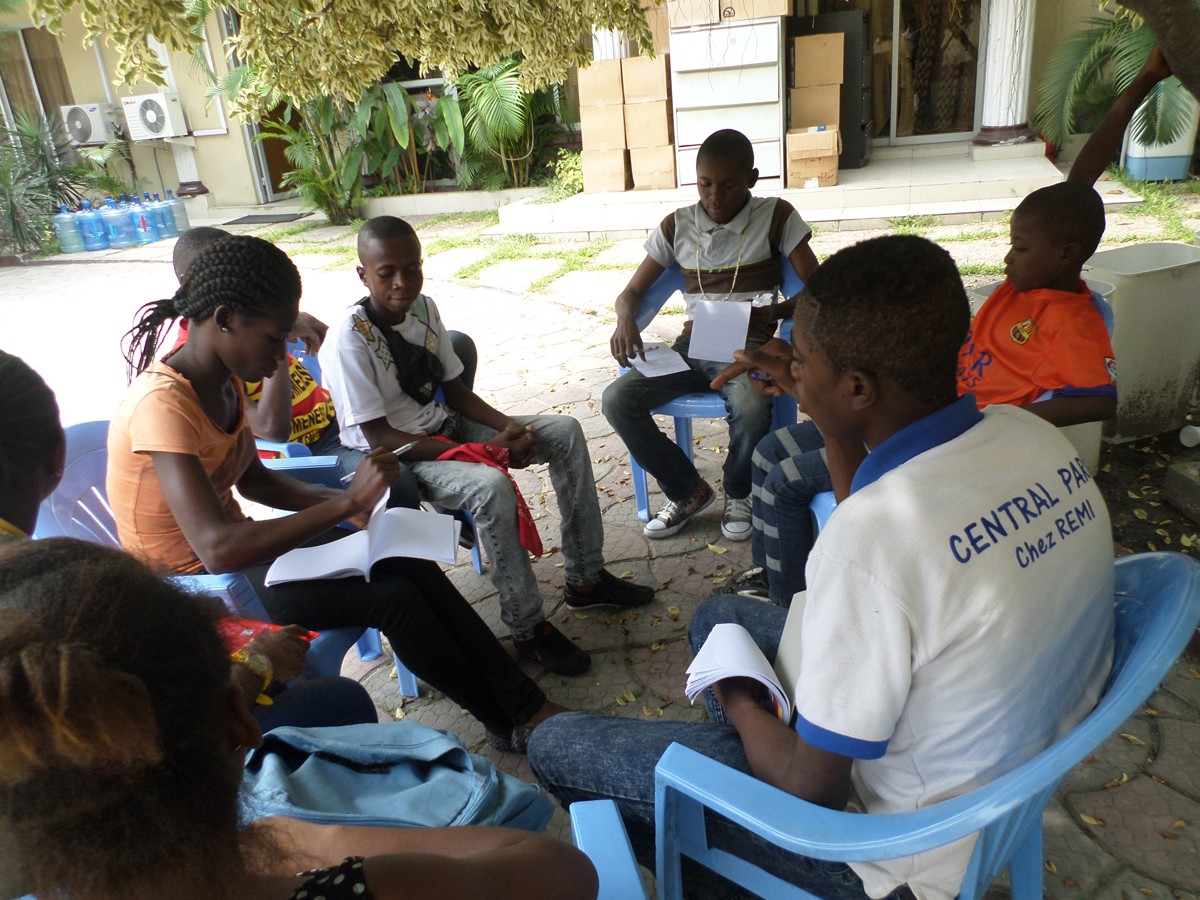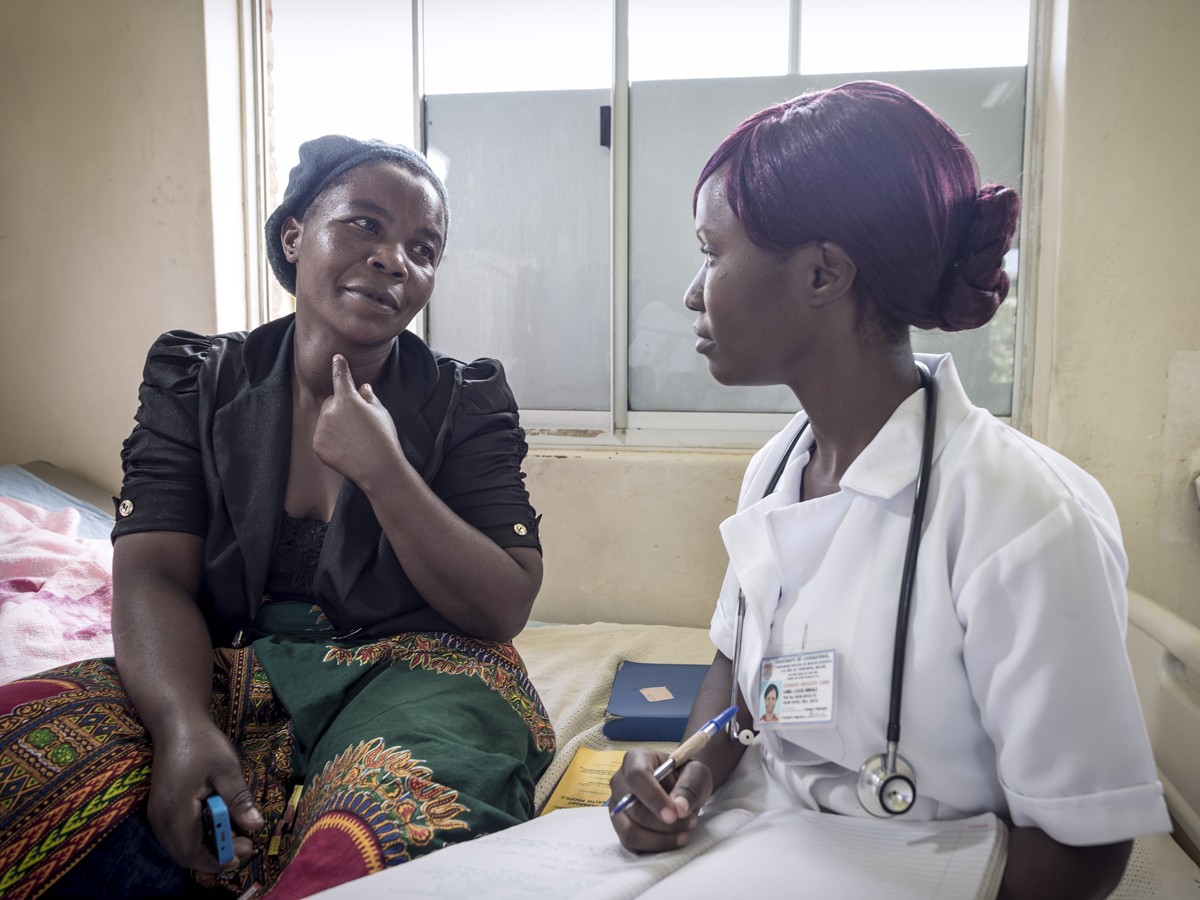Author:
Susan Michaels-Strasser
Abstract:
The significance of failing to protect frontline health workers, especially nurses cannot be overstated. Inadequate personal protection, psychosocial support and emergency training put our frontline of defense in jeopardy. When comparing death by occupation early evidence showed that nurses constituted the largest percentage of health workforce deaths. Other severe consequences like high levels of resignation, burnout and other signs of mental distress are a warning that health systems require fundamental change to protect and retain our frontline of health security. This is equally true in settings with both high and lower resources. Those at the frontlines pay a heavy price responding to infectious disease outbreaks, but it does not have to be.
This paper outlines key issues and potential strategies to ensure our health workers have the right environment, competence, tools, and support to protect themselves and society when needed most. Using an umbrella review, this paper sought to review the extant literature and identify the best way forward. Failure to learn from recent events such as the 2014-2016 West Africa Ebola outbreak and the COVID-19 pandemic could further exacerbate health worker shortages and our collective ability to prevent, detect and respond effectively. Protecting frontline health workers requires a multi-faceted approach including well-defined policies, adoption of best practices and continuous learning. The focus should move from broad policies and benchmarks to specific, tangible actions, including standard guidelines and protocols that use an All-Hazards Approach. Taking concrete steps to improve protection with national and local accountability that ensures adequate safety standards will be key.
Moreover, continuous learning and investment in health system strengthening are needed. The return on investment in preparedness and protection are clear. COVID-19 has shown the devastating economic and social impact of failing to be prepared. Investment is needed in innovation, including new personal protective equipment (PPE) technology, resilient supply chains that move beyond “just-in time” procurements, and competency-based experiential learning that simulates complex emergencies, in “real world” settings as much as is possible. Learning from history, including nursing pioneers, is essential.
Outbreaks begin in communities. Close community engagement and understanding of the social determinants of health for which those on the margins pay the heaviest price is central to nursing. Since this paper focuses on protection of frontline health workers, it would be remiss not to revisit nursing’s role in caregiving. This paper presents examples from 19th and 20th century nursing leaders who developed community- and person-centered models of care, led the development of hygiene and sanitation standards and examples which highlight the critical role of nurses at the frontlines. Nursing has historically been community- and person-centered. Serving as the communities’ first line of healthcare, nursing pioneers like Florence Nightengale and Lillian Wald offer guidance which is still valuable in our modern, highly connected world.
Applying lessons from both our recent and past experiences to develop robust systems for health workforce protection and preparedness is a health security priority. Now, as COVID-19 becomes an endemic disease for which an effective vaccine is available, is the time to harness these lessons learned, develop more robust standards and accountability for emergency protection and health workforce protection, without which history will repeat itself.








